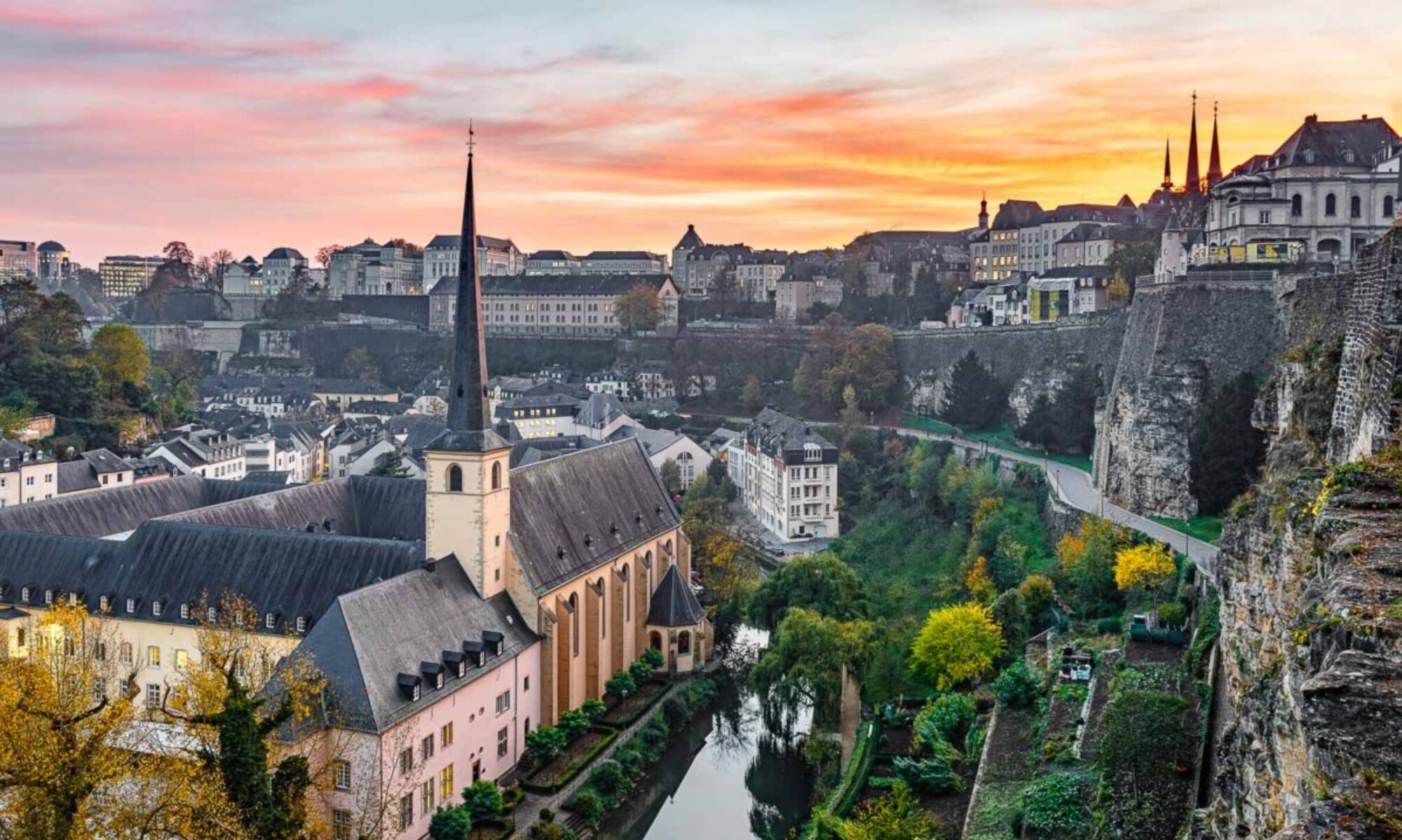Luxembourg’s prominent indigenous fiber cultivated is flax, which creates their known “Luxembourg Linen”. The favorable climate and fertile soil provide an ideal environment for flax cultivation, making it a significant indigenous product (Flax Fibers in Luxembourg, n.d). These fibers, rich in cellulose, are processed meticulously to create high-quality linen threads, embodying the essence of what is made and cultivated in Luxembourg (IndexBox Incorporation, 2023). Luxembourg’s fabric and apparel production industry is marked by a seamless interplay between indigenous resources and modern techniques. These fibers undergo a meticulous process involving spinning, weaving, and dyeing to create a wide array of textiles, ranging from soft linens to durable fabrics. Skilled artisans and modern machinery work in harmony to transform raw fibers into luxurious textiles, reflecting Luxembourg’s rich culture (Find Ongoing Textile Manufacturing Plant (Textile Mill) Projects in Luxembourg with Ease, n.d). Luxembourg’s fabric and apparel production not only represent a thriving industry but also embody a harmonious balance between tradition and modernity.
Luxembourg’s interrelationships with other countries in the realm of fiber, fabric, and apparel production reflect the intricate web of global trade and collaboration. There are seamless trade relationships with neighboring countries like Germany, France, Belgium, and the Netherlands, for example the flax and silk fibers (Trade of goods, US$, HS, 50 Silk, n.d). Luxembourg also sources raw fibers, such as cotton or wool, from international markets, including countries in Asia, Africa, or South America for creating fabrics for the colder climate that Luxembourg is known for (Luxembourg Fabric Industry Outlook 2022 – 2026, n.d). These fibers are transformed into fabrics through complex manufacturing processes, often carried out in countries known for their textile industries, such as China, India, or Turkey (Sabanoglu, 2023). These finished fabrics are then imported back into Luxembourg, where skilled artisans and designers craft them into high-quality garments. This interconnectedness highlights the interdependencies between nations, showcasing Luxembourg’s reliance on international partnerships for the creation and trade of textiles and apparel.



